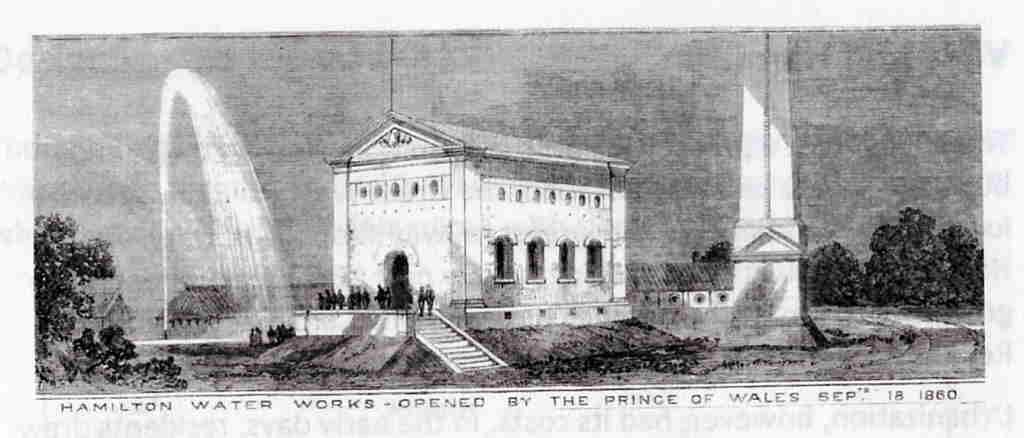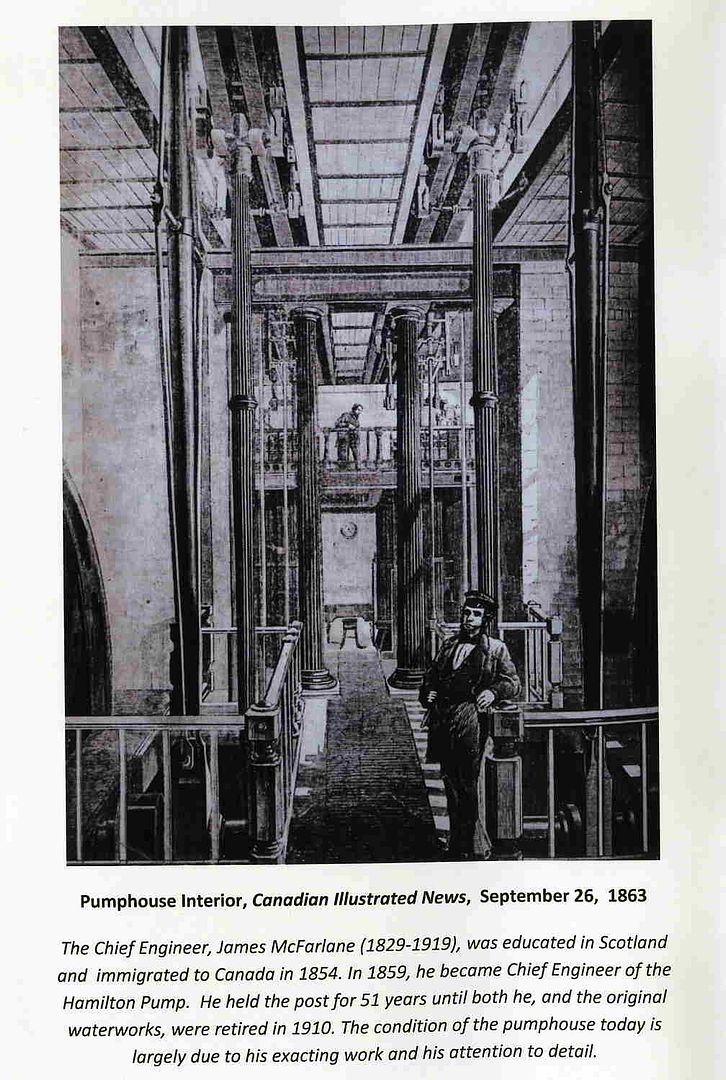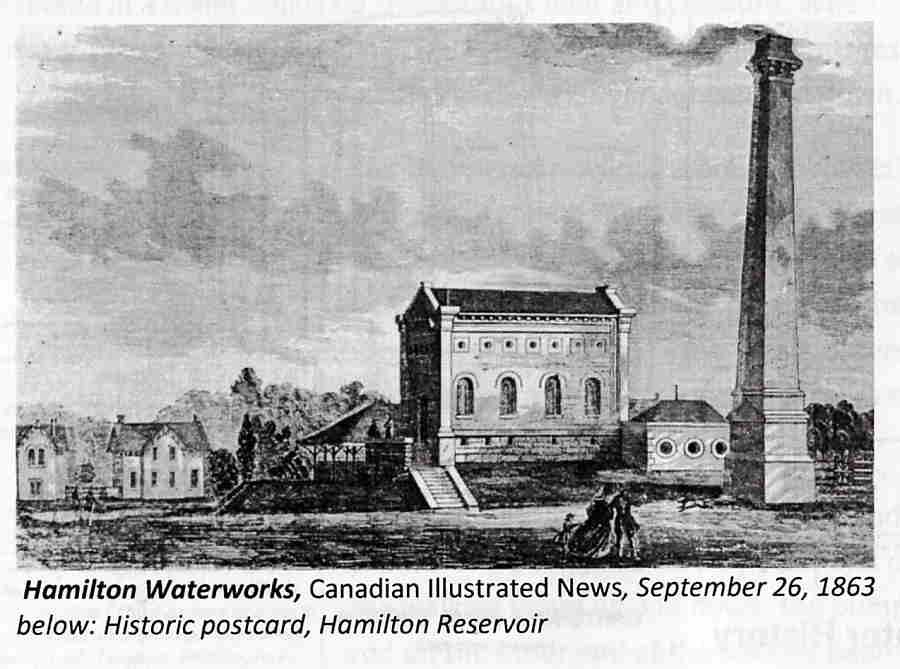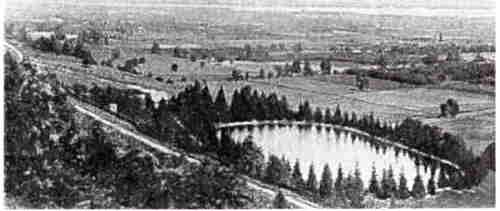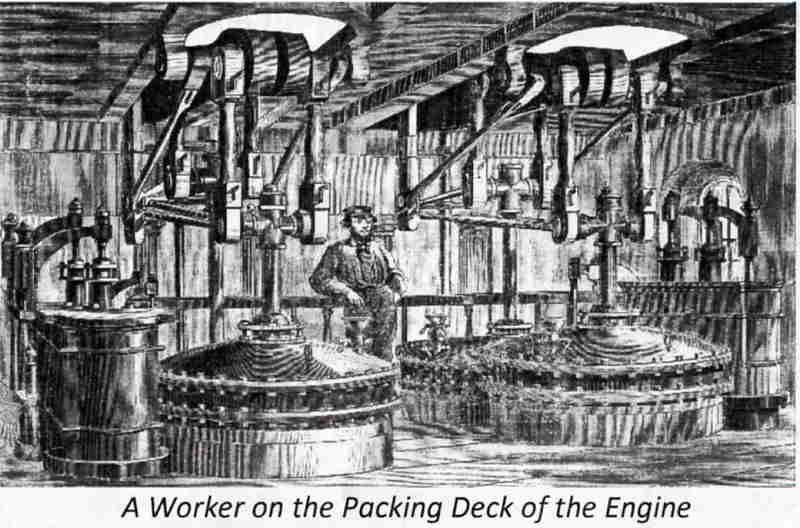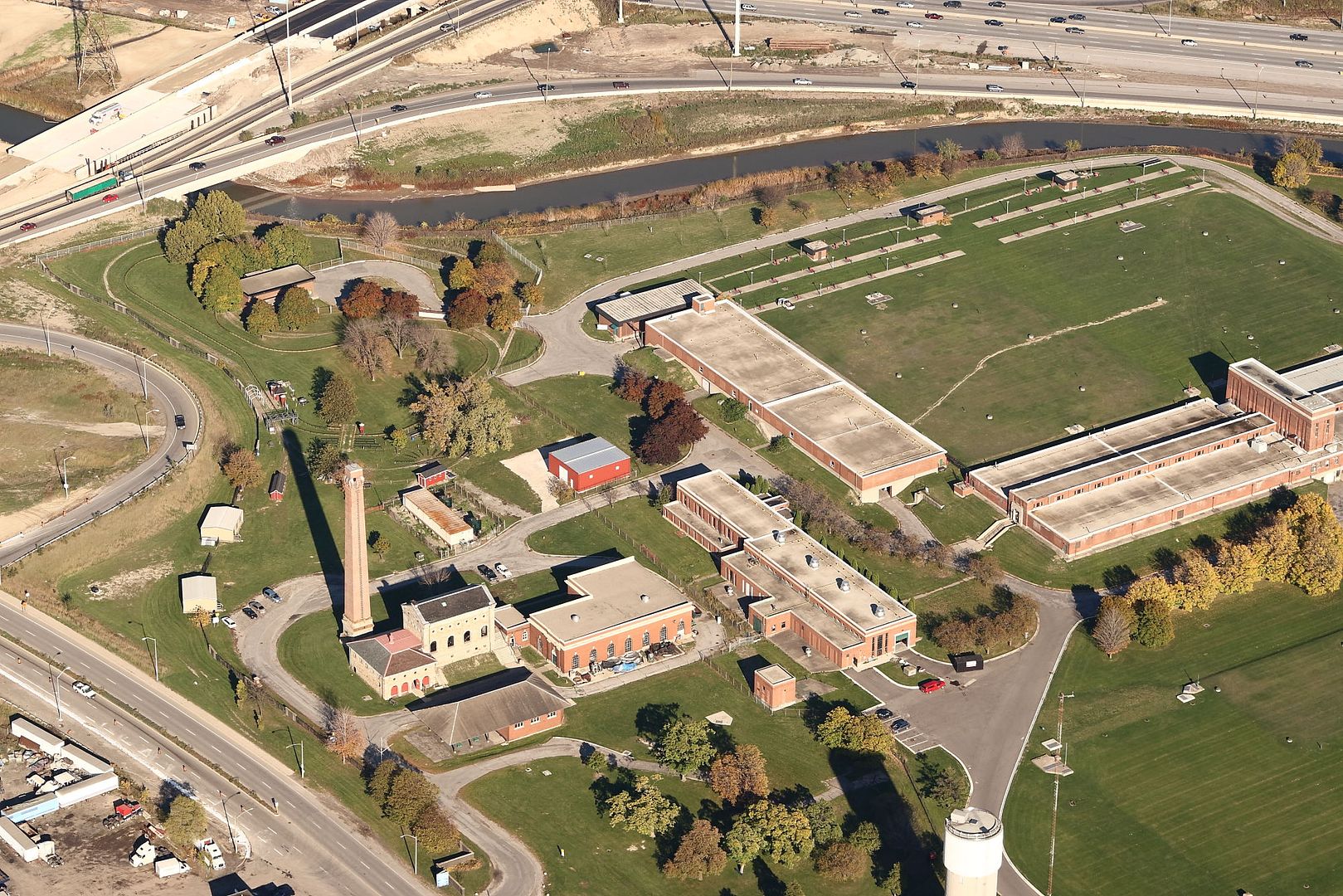scotto
09-19-2005, 05:22 AM
If you are looking for something to do with the kids that doesn't cost a fortune, located on Woodward and just a stone throw from the Beach Strip is Hamilton's first waterworks, now called Hamilton Museum of Steam and Technology.
This mid-Victorian facility, completed in 1859, used steam power to pump all the city's water until 1910 and served as a backup until 1938, you may recall the 150-feet-high chimney being restored a few years back. There are two sections: the Boiler-house, now the entrance gift shop-rotating exhibit space, and the Pumphouse, it was my first visit to the Museum even though it is located right in our backyard.”
Scott, do you know how far down the foundation for the chimney gos? And do you know how the beach was excavated for the foundation? Digging a hole of any depth in sand, is verry difficult , given that the sand falls in on itself.
In her thread ‘From Outlet to Canal’ Drogo has coppied an 1881 news paper article that highlighted the difficulties that the planners of the Burlington Canal were faced with, given that the canal was to be cut through the sand bar. So while not nearly as large, I’m sure that the excavation of the foundation for the chimney, and the filtering basins themselves, would have presented similar chalenges.
http://hamiltonbeachcommunity.com/forum/archive/index.php/t-2229.html
09-19-2005, 05:22 AM
If you are looking for something to do with the kids that doesn't cost a fortune, located on Woodward and just a stone throw from the Beach Strip is Hamilton's first waterworks, now called Hamilton Museum of Steam and Technology.
This mid-Victorian facility, completed in 1859, used steam power to pump all the city's water until 1910 and served as a backup until 1938, you may recall the 150-feet-high chimney being restored a few years back. There are two sections: the Boiler-house, now the entrance gift shop-rotating exhibit space, and the Pumphouse, it was my first visit to the Museum even though it is located right in our backyard.”
Scott, do you know how far down the foundation for the chimney gos? And do you know how the beach was excavated for the foundation? Digging a hole of any depth in sand, is verry difficult , given that the sand falls in on itself.
In her thread ‘From Outlet to Canal’ Drogo has coppied an 1881 news paper article that highlighted the difficulties that the planners of the Burlington Canal were faced with, given that the canal was to be cut through the sand bar. So while not nearly as large, I’m sure that the excavation of the foundation for the chimney, and the filtering basins themselves, would have presented similar chalenges.
http://hamiltonbeachcommunity.com/forum/archive/index.php/t-2229.html
